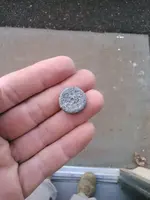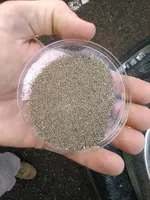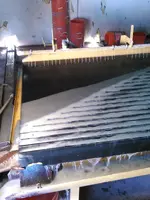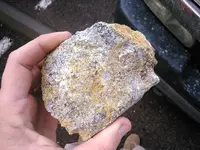boulder dash
Jr. Member
- #1
Thread Owner
Anyone have any assay experience? We have been doing a standard fire assay on our hard rock concentrates. When we have the lead that goes into the cuppel and is supposed to leave only your precious metals. We end up with a very dense heavy gray silver button. Out of a 30 gram assay we get 16-20 grams of this heavy metal. My question is what other metals will stay in a cuppel besides the precious metals gold,sliver, and platinum?








 Correct me if I'm wrong.
Correct me if I'm wrong.